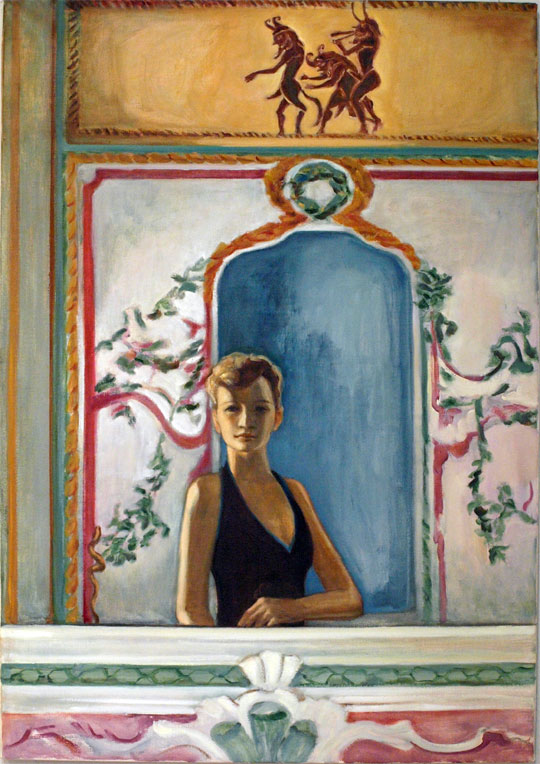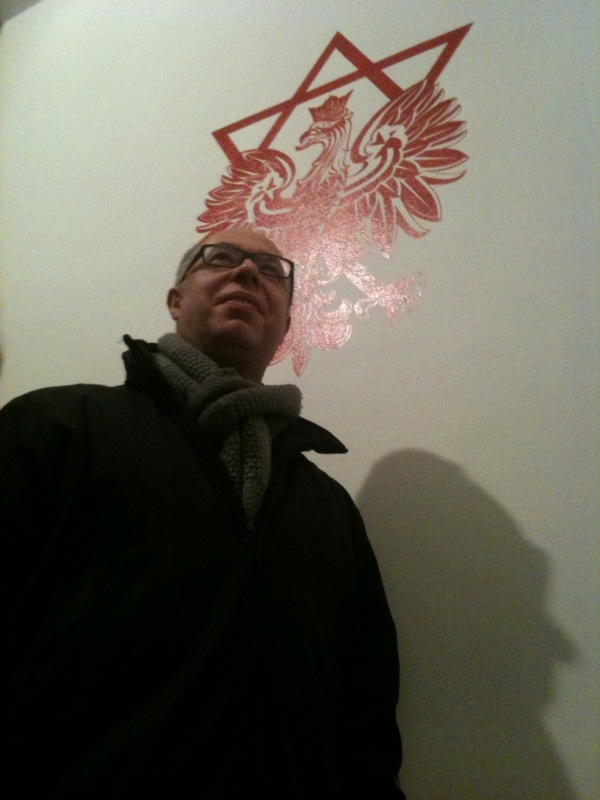A Short Guide to Hungary’s Contemporary Art Scene (Article)
Institutions
The two most weighty Hungarian contemporary art institutions, M?csarnok (Kunsthalle) and the Ludwig Museum Budapest have gone through significant changes during the last couple of years, in terms of both their institutional structures and exhibition policies. M?csarnok-founded in 1877, opened in 1896, and still utilizing its original exhibition space-follows the model of the German Kunsthallen. Since 2007, after a long period as a state funded institution, it has been a non-profit, limited liability company with two external exhibition spaces; the Ernst Museum and the Dorottya Gallery (director, Zsolt Petrányi since 2006).
The Ludwig Museum, officially founded in 1996, but … Read more









